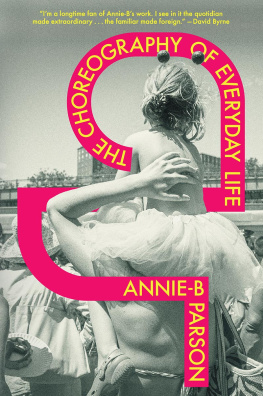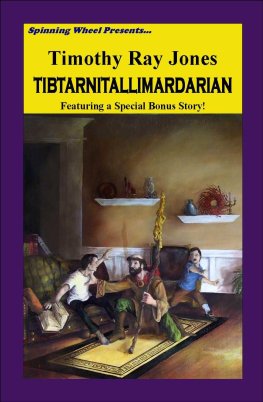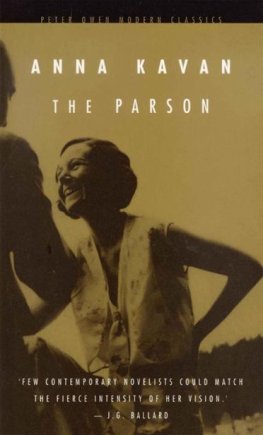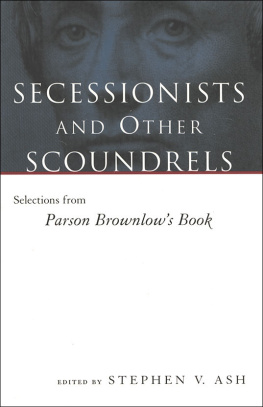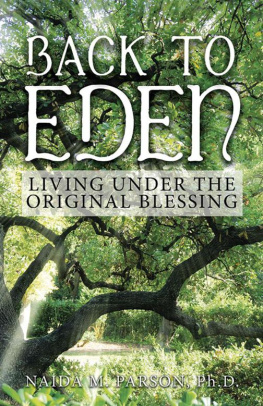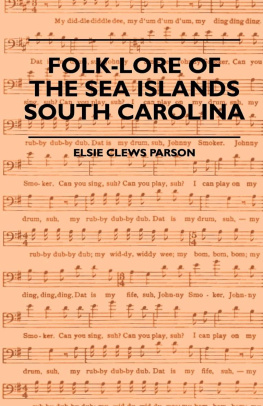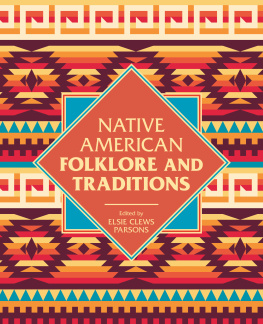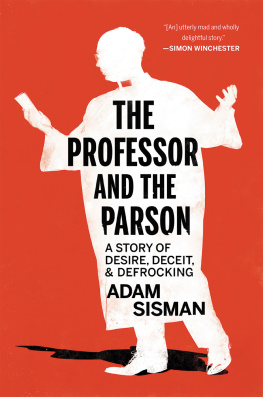Contents

The Choreography
of Everyday Life
The Choreography
of Everyday Life
by Annie-B Parson

First published by Verso 2022
Annie-B Parson 2022
All rights reserved
The moral rights of the author have been asserted
1 3 5 7 9 10 8 6 4 2
Verso
UK: 6 Meard Street, London W1F 0EG
US: 388 Atlantic Avenue, Brooklyn, NY 11217
versobooks.com
Verso is the imprint of New Left Books
ISBN-13: 978-1-83976-674-9
ISBN-13: 978-1-83976-676-3 (UK EBK)
ISBN-13: 978-1-83976-677-0 (US EBK)
British Library Cataloguing in Publication Data
A catalogue record for this book is available from the British Library
Library of Congress Cataloging-in-Publication Data
Names: Parson, Annie-B, author.
Title: The choreography of everyday life / by Annie-B Parson.
Description: First Hardback Edition. | Brooklyn, NY : Verso, 2022.
Identifiers: LCCN 2022025588 (print) | LCCN 2022025589 (ebook) | ISBN 9781839766749 (Hardback) | ISBN 9781839766770 (eBook)
Subjects: LCSH: Choreography. | DanceSociological aspects. | Movement, Aesthetics of. | Parson, Annie-B.
Classification: LCC GV1782.5 .P37 2022 (print) | LCC GV1782.5 (ebook) | DDC 792.8/2dc23/eng/20220625
LC record available at https://lccn.loc.gov/2022025588
LC ebook record available at https://lccn.loc.gov/2022025589
Typeset in Fournier MT by Hewer Text UK Ltd, Edinburgh
Printed and bound by CPI Group (UK) Ltd, Croydon CR0 4YY
To my father, David Parson, a dancer
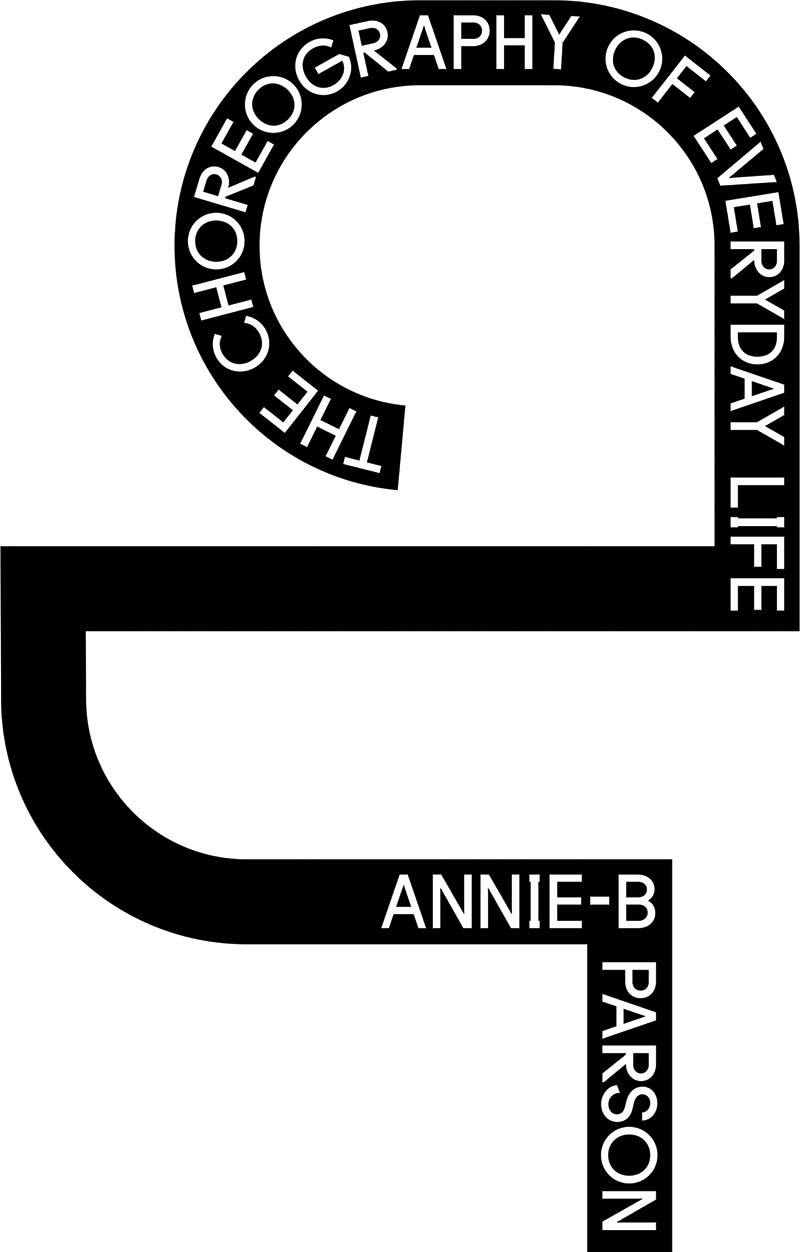
[ ]
Paul is lying on the couch talking to someone on the phone and hes telling them that hes reading The Odyssey and it reads like a blockbuster movie, and I interrupt from the kitchen to ask which movie, but he doesnt hear me because
the radio is on.
I am a choreographer by trade, and its an unusual profession: to make and sell dances. The material, the stuff of dance, is the body, and turning that into something transactional has always struck me as contradictory, because when people first danced, it was essentially a community in physical agreement executing poeticized, ritual actions
in a circle.
But even still, it always feels very natural when I am choreographing, as organic as a leaf growing on a tree, and I specifically use this metaphor because it is the most natural thing I can think of. I have this belief, which may be more like a religion, that like plants we are fundamentally generative, and our generativity includes making things, so this leaf metaphor seems to accurately describe our liveness, plus
some metaphors are more real than the people you see walking down the street.
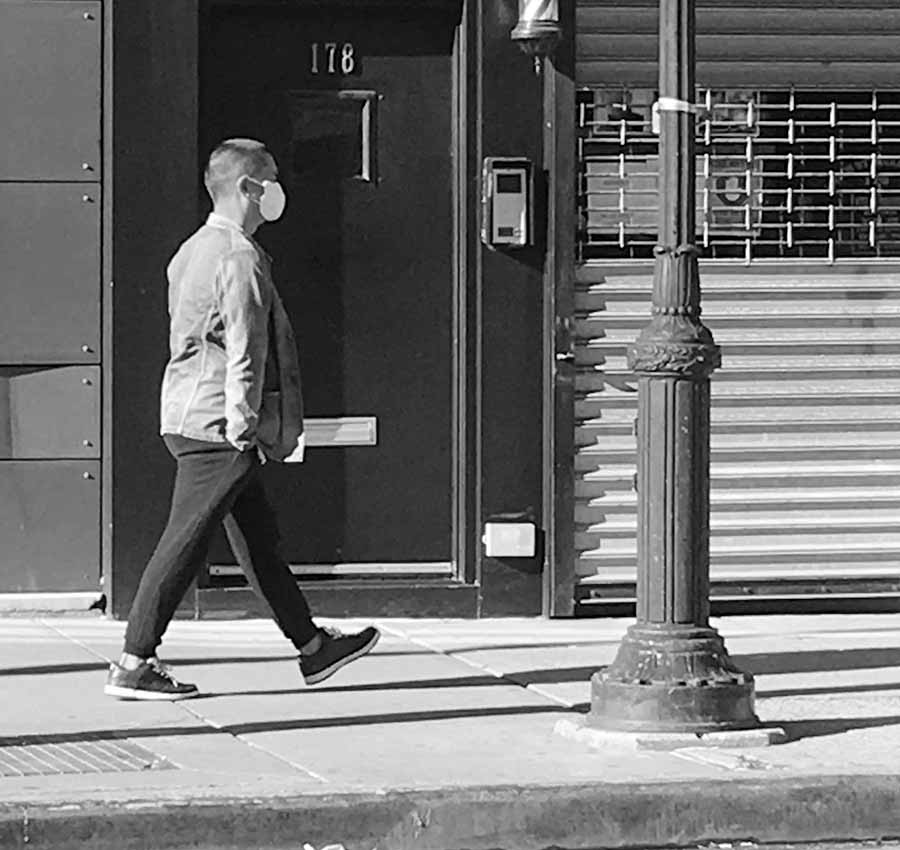
I didnt come up with that line, the Portuguese poet Fernando Pessoa wrote it, but when I heard it, I immediately put it on a Post-it so I would never forget it, because from the perspective of the surface, the exterior form, its a formidable statement and deserves a bit of fanfare, or
a dramatic sound cue.
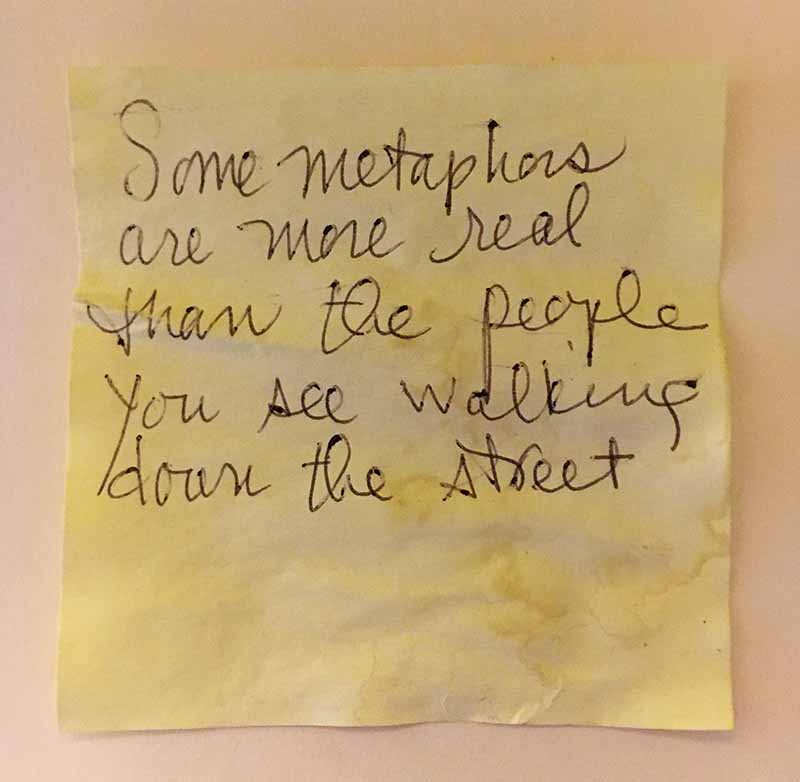
[ ]
Where I live there is usually someone walking their dog down the street while talking on the phone. I live in Brooklyn, where people still walk to get places they need to go and not just for exercise, and often its tricky to walk behind
this phone/dog situation.
Because there are issues of tempo and issues of space in navigating a public area, and these are the very same issues of the body in time and space that are elements in choreography. But the difference is that in dance-making, these issues of time and space are compositional and aesthetic, so I have to remind myself that composition and aesthetics are irrelevant when
walking down the street.
In this case its about an agreement among strangers, which is one of the things I appreciate about city life, how 8 million of us, without language or plan, gracefully find a group rhythm as we walk down the sidewalk together. So when a fellow pedestrians tempo is at odds with your tempo, youre denied the tacit, musical duality that strangers have when walking and passing.
Plus theres the leash.
I mean, wasnt there a contract we all signed that we would glide in harmony like fish down the river?
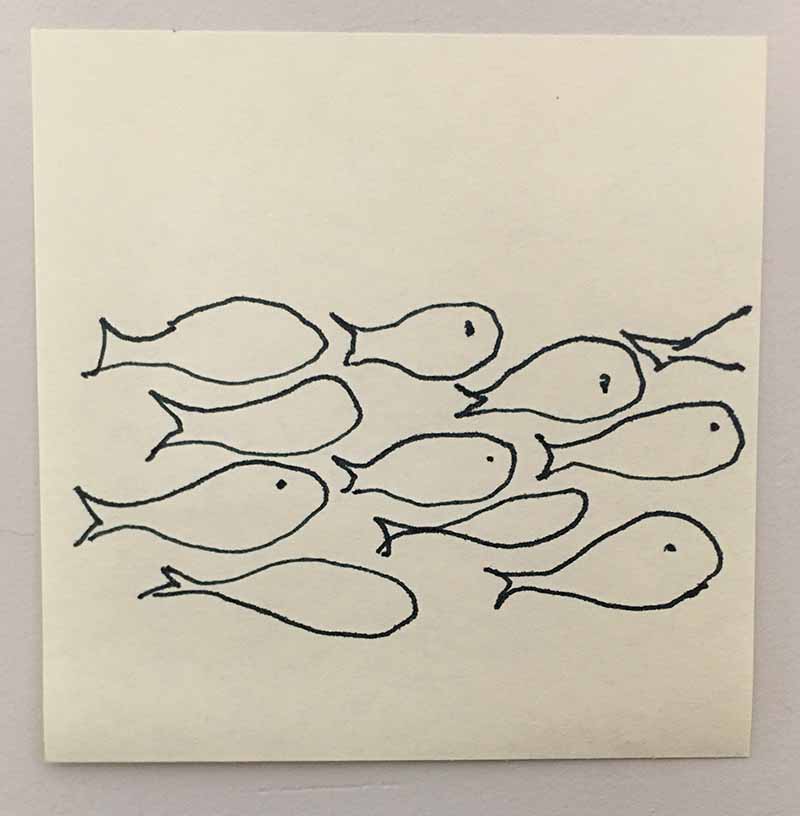
[ ]
Paul says to the person on the phone that The Odyssey is almost like scripture, a kind of theology, but he adds that ultimately it doesnt have the resonance and strangeness of the Hebrew Bible. He says its ultimately more like a kind of ethical instruction manual, a way to live, like it teaches you to welcome strangers with gifts and bathe their feet, things like that. At this point I wonder if its Jack on the phone because this sounds like something they like to talk about. Jack is our son, and it turns out yeah, I hear Jacks deep voice respond, but I cant hear what he is saying because its a merciless day in August and
the AC is turned on high.

I walk outside and see a young blonde man in a stretchy gray track suit walking his dog while loudly talking about his body on the phone, and then he slows down to peer into his screen,
and pauses.
And in this pause, which he and I now must share because we pedestrians share these intersections of time and space, I wonder: what would be the equivalent to this experience in Ancient Greece, and Menelaus floats through my mind. I imagine big blonde Menelaus arriving, with some fanfare, into the agora of Sparta with his entourage, his body oblivious to the other Ancient Greeks bodies, who are going about their business of buying and selling,
without fanfare.
Then, still in our pause, I change my mind because from a spatial perspective Menelaus of the big blonde hair is not really like the blonde dog walker on the phone. The dog walker is oblivious to the space around him, but Menelaus is like a movie star as he enters the agora with big steps and large-scale gestures, highly aware of his use of space, though not at all aware of the others in their space, which for me brings up the choreographic term kinesphere. Menelaus has a large kinesphere, he takes up a lot of space, but the dog walker has a small kinesphere,
a bubble of tiny actions.
I bring this up later with Paul, this idea of an Ancient Greek equivalent to the blonde man on the phone. I am thinking that from a personal use of space hes actually more like Heracles than Menelaus. Yes, Paul says, you mean Heracles in the Euripides play when he is partying outside of King Admetoss palace, while meanwhile inside the palace the King is grieving the death of his wife, a death which the King himself is responsible for, but it takes the King most of the play to face what he did. Yeah, I say, the dog walker is actually a lot like Heracles, blind,

